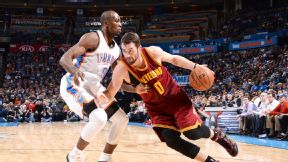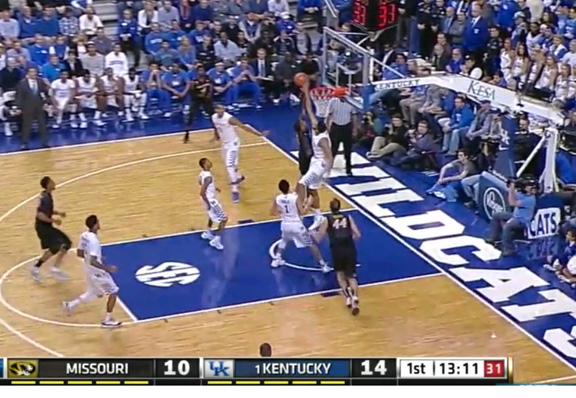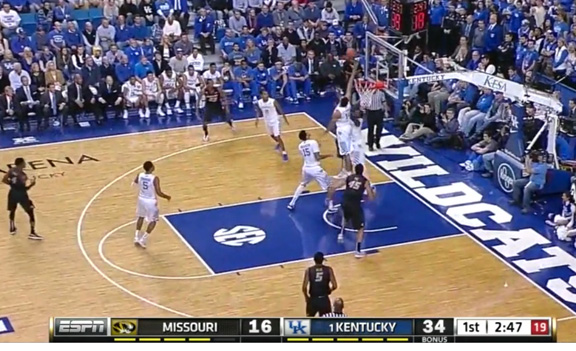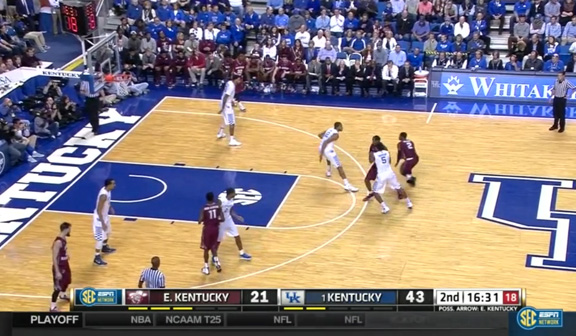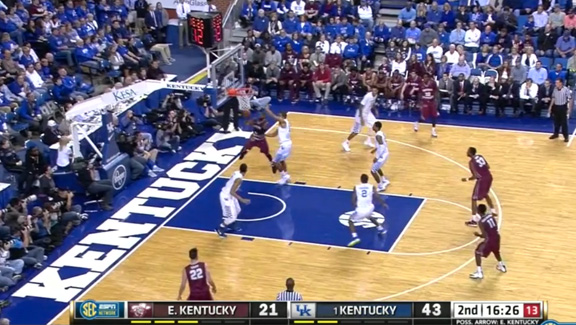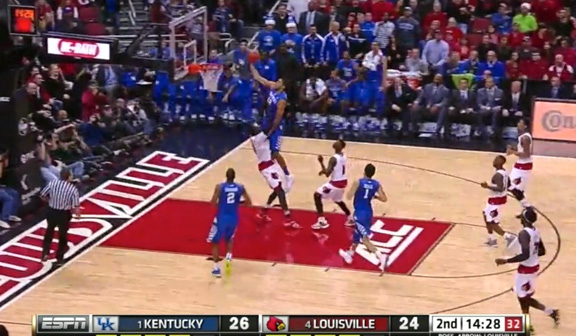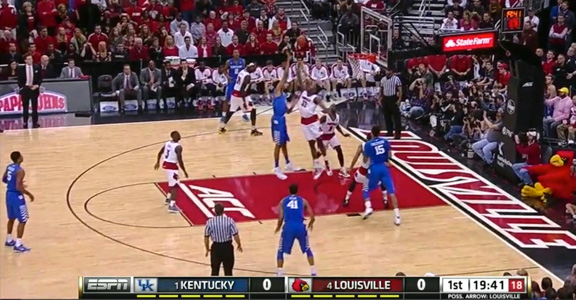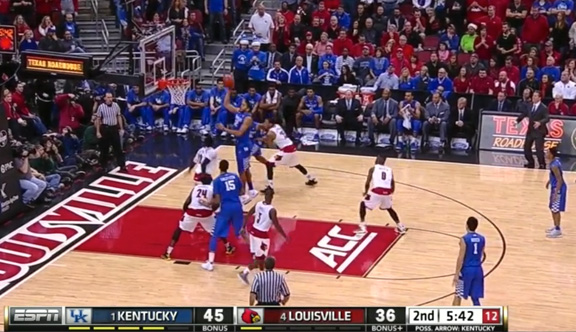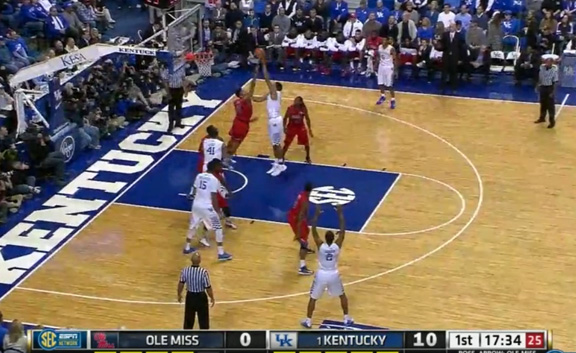How Revis and Sherman compareRevis/Sherman: NFL's best CB's.
http://insider.espn.go.com/nfl/play...id=InsiderTwitter_Yates_ComparingShermanRevis
In a league where quarterbacks are shattering passing records seemingly every season, and in which pass defense -- by dint of strict contact rules -- has never been more difficult to play, the value of a capable cover cornerback is undeniable. This past offseason, three young cornerbacks -- Cleveland's Joe Haden, Arizona's Patrick Peterson and, of course, Seattle's Richard Sherman -- were recipients of lucrative, long-term contract extensions to continue to serve as cornerstones of the defenses for the franchises that originally drafted them. Those who excel at the position are paid handsomely -- and deservedly.
Less than two weeks from now, the Patriots and Seahawks will face off in Super Bowl XLIX, a game that will feature both Sherman and Patriots standout Darrelle Revis, the two first-team All-Pro selections for the 2014 season at cornerback. And while there are other highly skilled and productive cornerbacks throughout the NFL, Revis and Sherman set the bar for cornerback play, even if their work, stylistically, is very different.
Here's a look at what makes each of them so good and my take on which one would be the better fit for most NFL teams.
Alignment
It's not hard to find Sherman before the snap: He almost exclusively aligns to the left side of the Seahawks' defense. Sherman has played 928 defensive snaps this season, aligning on the wide left side on 847 of them (91.3 percent); for his career, he has played 2,839 snaps on the wide left side of the defense and just 90 snaps on the right side of the defense. And while some will quickly ask: If he's such a shutdown cornerback, why doesn't Seattle utilize him to shadow an opposing team's wide receiver week-to-week and follow that player around the formation? The answer is simple: Seattle's defensive scheme doesn't call for it. Seattle relies on its cornerbacks to play physically at the line of scrimmage and often patrol one third of the field in their Cover 3 shell (with safety Earl Thomas as the general in the middle of the field).
Revis, meanwhile, is more of a movable chess piece for the Patriots' defense. There have been weeks in which Revis has been isolated on an opposing team's top receiver (for example, Week 14, when he held Chargers wide receiver Keenan Allen to just one catch for 3 yards while covering him on almost every snap), and others in which his assignment varies throughout the game (in the first half of the AFC Championship Game, Revis was aligned opposite five different Colts receivers). Below is a table chronicling his usage this season.
Darrelle Revis' Usage, 2014-15
Location Total Snaps Percentage
Wide left 522 50.5
Slot left 125 12.1
Wide right 271 26.2
Slot right 115 11.1
Physical skill set
Sherman boasts a 6-foot-3, long, wiry-strong frame with a high-cut lower half, checking in at 195 pounds. Revis, a full 4 inches shorter, has a thicker cut to him and weighs closer to 200 pounds. But neither player's frame prevents him from excelling at what he does. Sherman is a terrific proactive athlete with acceleration, speed and explosion back to the football on routes in which receivers work back toward the line of scrimmage. He has exceedingly long arms and excellent ball skills at the point of catch, a reflection of his previous days as a college wide receiver at Stanford. He's a little tight-hipped in transitioning laterally, but he offsets that in many ways, including through his instincts.
"[He] does a very good job of using his size/length to his advantage and excellent ball skills," one NFL personnel man said of Sherman. "But what makes him so successful, much like Revis, is his preparation/intelligence on a weekly basis for his opponents. He knows the receivers inside [and] out -- strengths, weaknesses and route tendencies -- which gives him the ability to anticipate and make plays on the ball. [He has] rare football intelligence like Revis."
Revis is a fluid, smooth mover who plays in-phase (running stride for stride with a receiver and in a position to make a play on the ball) as consistently as any other cornerback in the NFL. He has the smarts to diagnose a player's route early in the receiver's path plus the ability to adjust his lower half at the breaking point of a route. Like Sherman, he has excellent ball skills. While there are cornerbacks who have a penchant for making calculated gambles on jumping routes, Revis is so frequently in the right place at the right time that he doesn't often need to take such risks. While contact is limited among defensive backs in the NFL, Revis has the uncommon ability to use his hands at the line of scrimmage and at the catch point when balls are thrown his way. And while Sherman has the straight-line speed edge, Revis is unquestionably fast enough to track vertical threat receivers down the field.
"Revis does everything right," an NFL coach said. "He's a good teammate and is obviously a hard worker. He clearly studies the heck out of his matchup and the opponent, and his play is unreal, obviously. He has great patience at the line of scrimmage, good ball skills, he's savvy and he knows what he can and can't get away with. He can play man and zone, inside and perimeter; he can do it all."
The takeaway
If one were to place Revis or Sherman in all 32 of the NFL defenses, Revis would be the more natural fit because of his more conventional skill set. Separating the player from the system, my opinion is that Revis is a better cornerback with a more well-rounded skill set. But the truth of player evaluation is that assessments are the byproduct of both a player's ability and the tasks he is asked to take on from a week-in, week-out basis.
Seattle's defense is the best in the NFL, and there's no better fit for it at cornerback than Sherman. He's a rare player. And Revis, whom the Patriots moved quickly to sign once he became available as a free agent last offseason, has the versatility, toughness and movement skills that have helped make this Patriots defense as balanced and equipped as perhaps any New England defense since the team last won a Super Bowl. Debate will likely ensue leading up to the Super Bowl about which player is superior, but the smart take is this: They collectively set the bar at cornerback, just in different ways. There is no player either cornerback's team would prefer to have in his place.
Notes
• Jim Tomsula's name had been floated as a potential replacement for Jim Harbaugh long before Harbaugh and the team officially mutually parted ways, but that Tomsula became the 49ers' head coach is still an unlikely occurrence. As it turns out, Tomsula joins Cowboys head coach Jason Garrett as the only NFL head coaches who received internal promotions to their jobs, as every other current NFL head coach was hired to his post from outside the organization. Tomsula's case is even slightly different from that of Garrett, who was named the full-time head coach in 2011 after taking over on an interim basis for the second half of the 2010 season following the team's decision to fire Wade Phillips.
• Playing in the Super Bowl results in a substantial financial bonus for all players involved, as winning players will earn a bonus of $141,000 this year, while the players from the losing team will pocket $70,500. But the payout is quite a bit larger for Patriots WR Julian Edelman by dint of the fact that the Patriots reached the Super Bowl coupled with Edelman surpassing 80 receptions on the season. That was one of four scenarios under which Edelman could earn a $500,000 bonus this season to go along with his base salary of $1 million, $2 million of his $5 million signing bonus he received back in March and the $437,500 he made in per-game roster bonuses. That results in a total payout of $3,937,500 for Edelman this season, which surely isn't bad for a guy with career earnings of $2,926,870 entering 2014.
